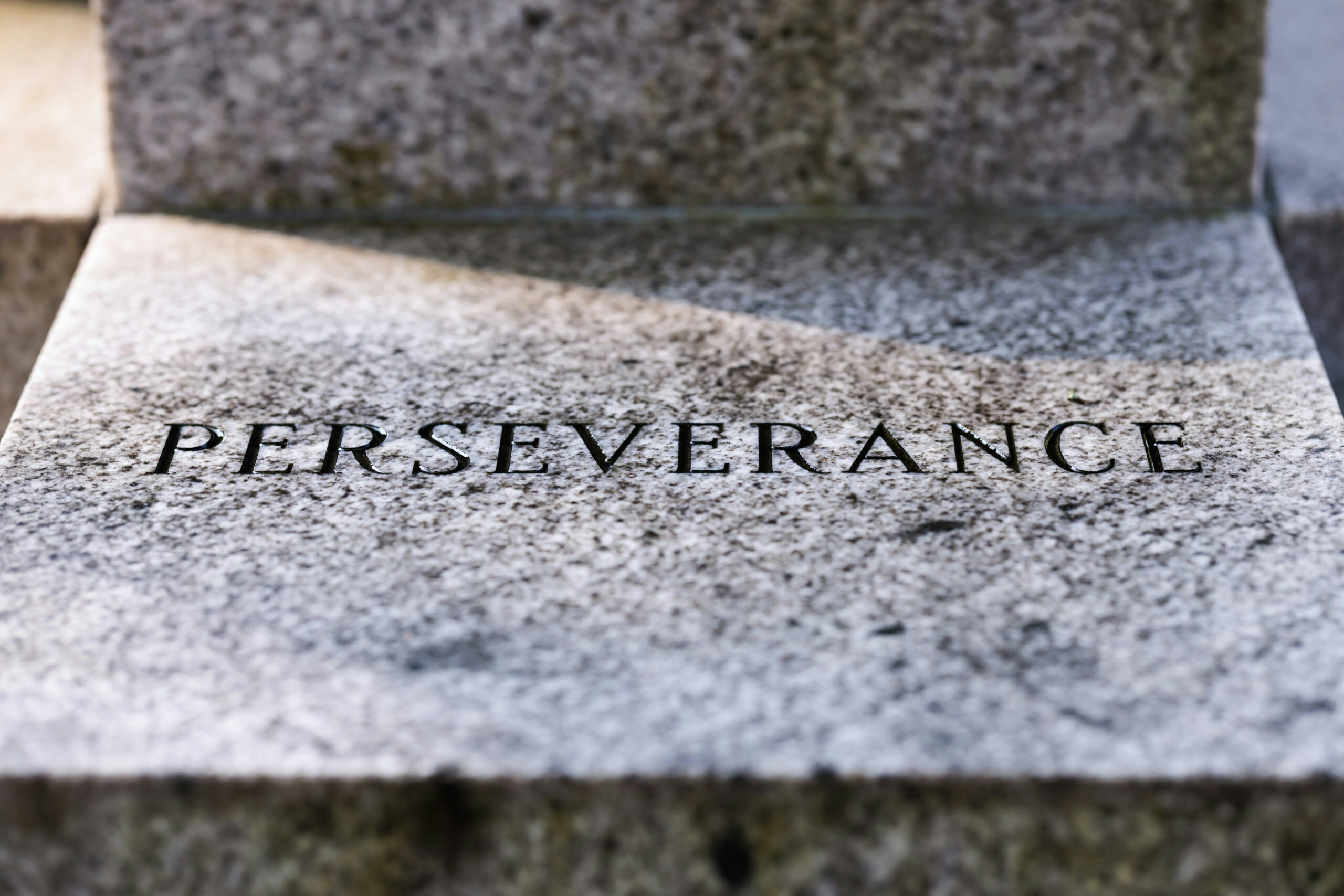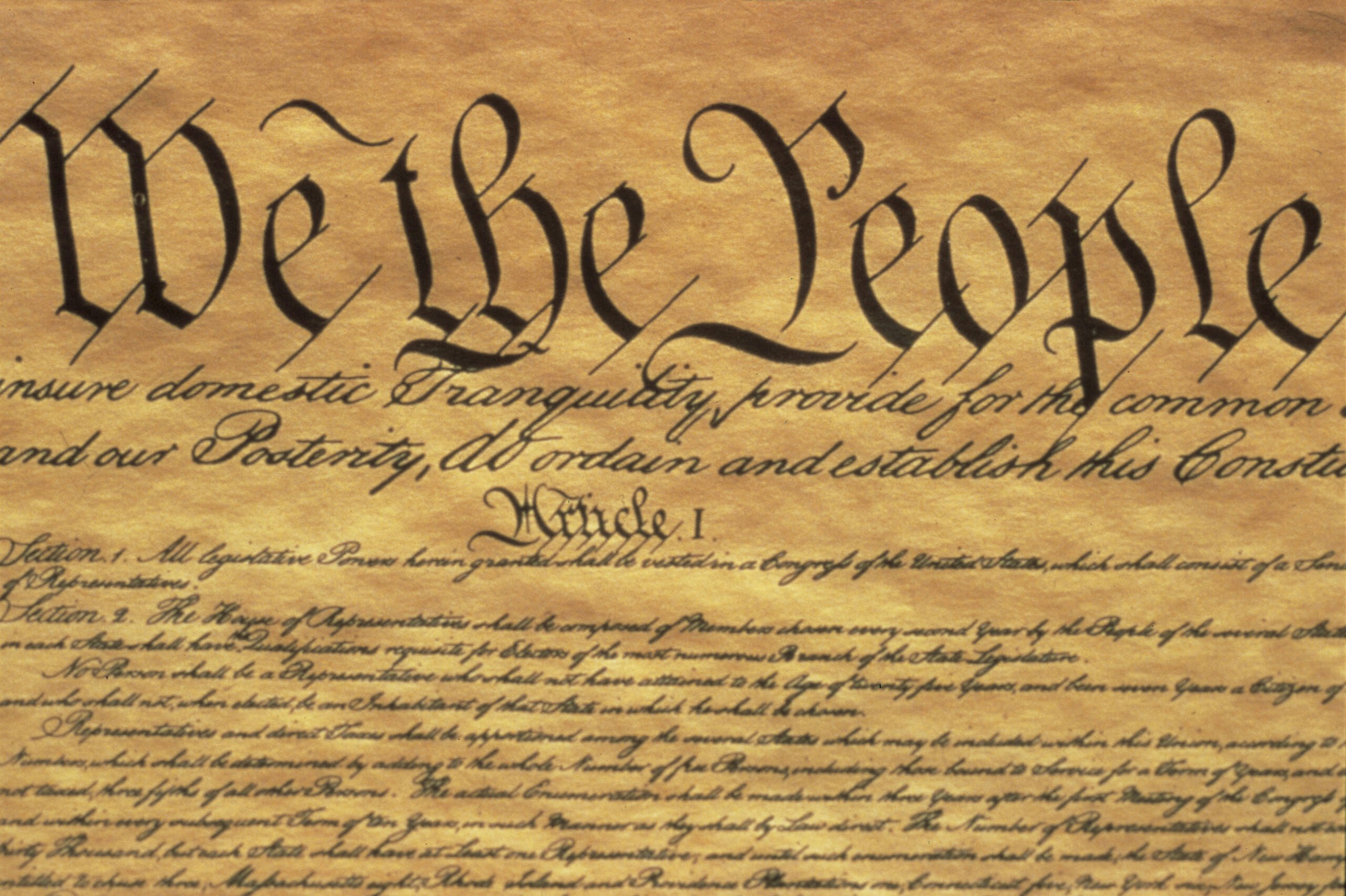In this time of finger-pointing at the mainstream media, it’s worth revisiting the case of German-born printer and publisher John Peter Zenger, often considered the father of press freedom in the United States.
Zenger was arrested, charged, and tried in the 1730s – decades before the birth of the Republic – for printing articles in his newspaper, The New York Weekly Journal, that were critical of New York Colony’s royal governor. Zenger was imprisoned for 10 months and charged with libel – writing something that damages someone’s reputation. Ultimately, a jury exonerated him by determining that what he had published was true.
This finding led to one of the core tenets of media ethics and law in the United States, which has stood for hundreds of years and influenced societies around the world: Generally, if it’s true, you can publish it. Accuracy is the ultimate defense against libel and defamation, particularly when a writer or broadcaster is speaking truth to power.
The Founders of our nation were so convinced of citizens’ need for reliable information to become informed voters that they codified freedom of the press into the First Amendment, ratified almost 60 years after Zenger’s trial, in 1791.
“Were it left to me to decide whether we should have a government without newspapers, or newspapers without a government, I should not hesitate a moment to prefer the latter,” Thomas Jefferson wrote in 1787. “But I should mean that every man should receive those papers and be capable of reading them.”
The United Nations’ Universal Declaration of Human Rights – published about 150 years after the First Amendment was ratified – included freedom of opinion and expression and the right to “seek, receive, and impart information and ideas through any media regardless of frontiers.”
But journalists can’t publish whatever they want, even in the United States, where press freedom is built around the ability to challenge those in power.
In mainstream U.S. media, three core types of content are forbidden, according to The Associated Press Stylebook, often referred to as the Bible of the media: incorrect information that harms someone’s reputation, correct information that invades someone’s privacy, and material that violates a copyright. And rules differ for public figures and private citizens, information in the public interest, and the “fair use” of copyrighted material.
For example, public officials must prove that the publishers of any false information knew that it wasn’t true or acted with a “reckless disregard” for the truth. Often called the “actual malice” standard, this grew out of a Civil Rights-era Supreme Court ruling in the 1964 case New York Times Co. v. Sullivan.
The government also can’t censor information before it’s published without meeting a “heavy burden” – like proving that the content will irreversibly damage national security.
That test came from the Pentagon Papers case in 1971, when the Supreme Court ruled that The New York Times could publish information from a government report detailing U.S. political and military involvement in Vietnam. The court said the government failed to prove that it should be able to exercise “prior restraint” and prevent publication of the articles, which alleged that the government had misled the public about the conflict.
But the law doesn’t protect the publication of things like obscenity, fighting words, true threats, and incitement.
The relationship with those in power is messier for television and radio broadcasters because the federal government licenses the use of the public airwaves. That means restrictions apply to anyone who transmits signals to an antenna (but not, say, internet streaming services). Broadcast limits have historically involved things like indecency and obscenity.
While these and other laws and precedents have governed American journalism for years, the industry is changing rapidly, and publishers are no longer necessarily journalists well versed in the history, laws, and guidelines behind press freedom in the United States.
More often than not, content distributors are social media platforms owned by technology companies, not media outlets, though the mainstream media do also use the new platforms to reach their audiences. So it’s less clear what should govern new commonly accessed delivery channels like social media, YouTube, Substack, and others.
The question that the lawmakers and courts of tomorrow will have to answer is whether and how to hold these companies – and the content creators who post on them – to the standards of publishers of old. Or whether to create new ones, given the way that the world has changed. We are not going back to the days of a few outlets and a few trusted voices.
The situation is more complicated when the poster is a computer – AI or a bot – rather than a human being and may come down to whether the content is accurate or in the public interest.
Ultimately, the purpose and need for a free press in a democracy is about seeking truth and accurately shining a light on the workings of government. The new tools sometimes make that a challenge. But they’re also an opportunity to speak truth to power in new ways.
As the legendary 20th century journalist Walter Cronkite – once known as the most trusted man in America – once said, “Freedom of the press is not just important to democracy; it is democracy.”































